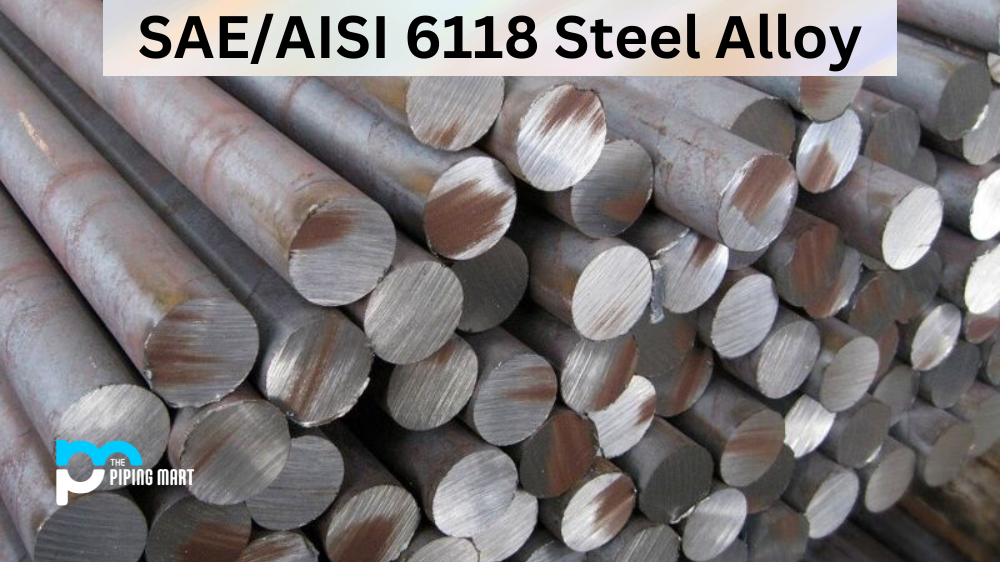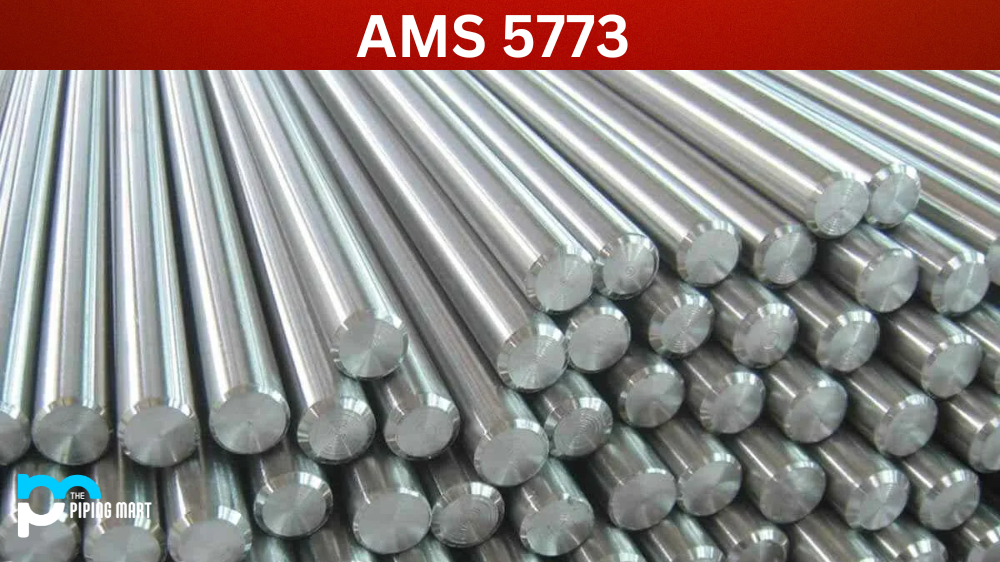UNS C69400 is a famous copper alloy widely used in various industrial applications. It is known for its excellent strength, corrosion resistance, and machinability. This blog will cover everything you need about UNS C69400, including its composition, mechanical and physical properties, uses, heat treatment, corrosion resistance, machining, and welding.
UNS C69400 Composition
UNS C69400 is a copper-zinc-tin alloy called CDA 694 or “Naval Red Brass.” It comprises 82.5-85.5% copper, 3-5% tin, 1.5-3% lead, and 0.05-0.25% phosphorus, the rest being zinc and iron. Adding the information improves the alloy’s strength and wear resistance, while phosphorus enhances its fluidity during casting.
| Element | Content (%) |
|---|---|
| Cu, Copper | 81.5 |
| Si, Silicon | 4.0 |
| Zn, Zinc | 14.5 |
UNS C69400 Mechanical Properties
UNS C69400 has good mechanical properties, including high tensile strength of up to 82,000 psi and yield strength of up to 37,000 psi. It also has a hardness of up to 140 Brinell, making it suitable for heavy-duty applications. The alloy has a specific gravity of 8.8 and a melting point of 1,060-1,090°C.
| Properties | Metric | Imperial |
|---|---|---|
| Tensile strength | 565-896 MPa | 81900-130000 psi |
| Yield strength (depending on temper) | 276-393 MPa | 40000-57000 psi |
| Elongation at break (in 508 mm) | 25.00% | 25.00% |
| Elastic modulus | 117 GPa | 17000 ksi |
| Poisson’s ratio | 0.34 | 0.34 |
| Machinability (UNS C36000 (free-cutting brass) = 100) | 30 | 30 |
UNS C69400 Physical Properties
UNS C69400’s physical properties are also noteworthy. It has a high thermal conductivity of 47 W/(m*K), which makes it an excellent heat exchanger material. The alloy also has good electrical conductivity, with a rating of 17% IACS (International Annealed Copper Standard).
| Properties | Metric | Imperial |
|---|---|---|
| Density | 8.19 g/cm3 | 0.296 lb/in³ |
| Melting point | 821°C | 1510°F |
UNS C69400 Thermal Properties
| Properties | Metric | Imperial |
|---|---|---|
| Thermal expansion co-efficient (at 20-300°C/68-572°F) | 20.2 µm/m°C | 11.2 µin/in°F |
| Thermal conductivity | 26 W/mK | 180 BTU in/hr.ft².°F |
UNS C69400 Uses
UNS C69400 is widely used in marine and industrial applications. It is commonly used in shipbuilding for valve stems, bushings, and fittings due to its excellent corrosion resistance in seawater and high-stress environments. The alloy is also used in pumps, gears, and other machinery that require high wear resistance.
UNS C69400 Corrosion Resistance
UNS C69400 has excellent corrosion resistance, particularly in seawater and brine. Its corrosion resistance is due to the presence of tin and lead, which form a protective surface film that prevents corrosion. The alloy is also resistant to stress corrosion cracking and dezincification.
UNS C69400 Heat Treatment
UNS C69400 does not require heat treatment for most applications. However, it can be heat treated for improved machinability or to achieve specific mechanical properties.
UNS C69400 Machining
UNS C69400 is easy to machine and has excellent chip control. It has good lubrication properties, which reduces tool wear and improves surface finish. The alloy can be drilled, turned, milled, and sawed quickly and is suitable for manual and CNC machining.
UNS C69400 Welding
UNS C69400 is weldable using conventional welding techniques such as gas tungsten arc welding (GTAW) and gas metal arc welding (GMAW). However, it is essential to note that the alloy can be susceptible to hot cracking during welding, particularly in the as-cast condition.
Conclusion
UNS C69400 is a versatile copper alloy with excellent mechanical, physical, and corrosion properties. It is widely used in marine and industrial applications and is known for its superb machinability. The alloy’s superior corrosion resistance in seawater and brine, wear resistance, strength, and good thermal conductivity, make it a top choice for many applications. Following best heat treatment and welding practices is essential to ensure the alloy performs optimally.

A passionate metal industry expert and blogger. With over 5 years of experience in the field, Palak brings a wealth of knowledge and insight to her writing. Whether discussing the latest trends in the metal industry or sharing tips, she is dedicated to helping others succeed in the metal industry.




